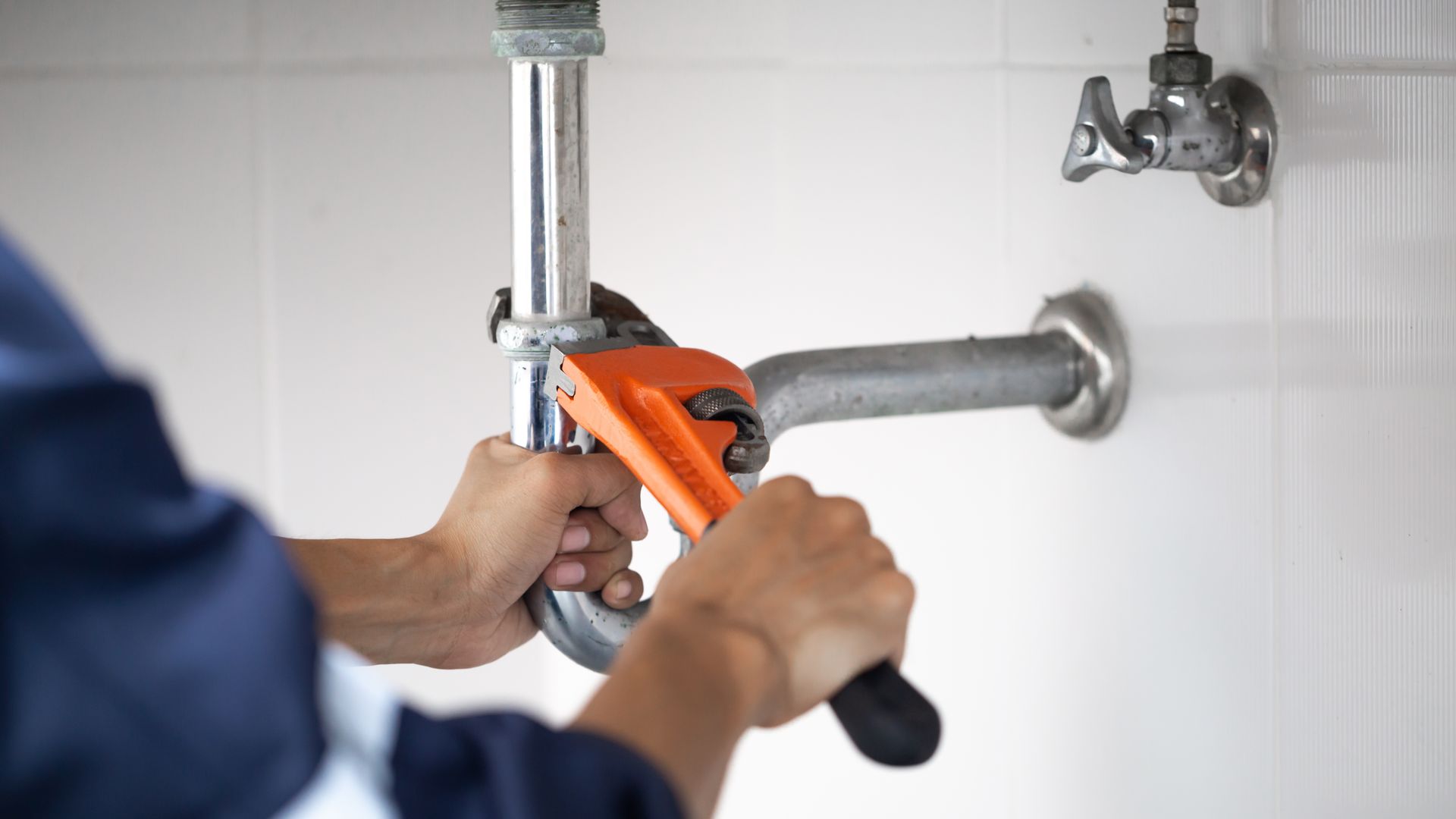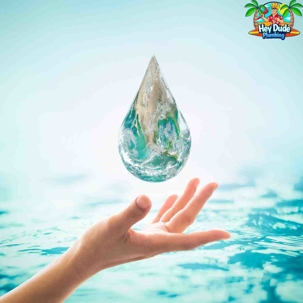Intelligent Approaches for Water Efficiency and Cost Savings
Water is one of our most crucial and finite resources, yet everyday inefficiencies lead to unnecessary waste and inflated utility bills. As homeowners and residents look for ways to tighten their budgets and reduce their environmental impact, understanding and improving water efficiency becomes a practical priority. In this blog post, we’ll explore smart strategies for maximizing water efficiency that not only help conserve this essential resource but also offer significant cost savings.
From monitoring your home’s water usage to upgrading to high-efficiency appliances, these actionable tips will guide you through making informed decisions that benefit both your wallet and the planet. Whether you’re a long-time homeowner or just starting out, the steps we discuss here can lead to substantial reductions in water waste and lower monthly expenses.
Understanding Your Water Usage
The first step towards water efficiency is getting a clear picture of your current water usage. Knowing exactly how much water you use and where you use it can reveal surprising areas of waste and opportunities for savings. Start by reviewing your water bills over the past few months to identify any trends or spikes in usage. This can help pinpoint issues like leaks or overuse in certain areas of your home.
For a more detailed analysis, consider installing a smart water meter. These devices provide real-time data on water consumption and can send alerts to your smartphone if they detect unusually high usage, which is often a sign of a leak. Smart water meters can break down your usage by the day, hour, or even by appliance, giving you a comprehensive understanding of your water habits.
Additionally, performing a DIY water audit at home can also be insightful. Check all faucets, toilets, and appliances for leaks and inefficiencies. Simple tests, like placing a few drops of food coloring in your toilet tank and watching to see if the color appears in the bowl without flushing, can reveal silent leaks that could be costing you money. By gaining a thorough understanding of your water use, you’re better equipped to make targeted changes that reduce consumption and lower bills.
Fixing Leaks Promptly
One of the most effective ways to conserve water and save money is by addressing leaks as soon as they’re discovered. Even a small drip from a leaky faucet or running toilet can waste a surprising amount of water—up to 10,000 gallons of water per year from leaks in a typical home, according to the Environmental Protection Agency. This not only drives up your water bill but also puts unnecessary strain on your plumbing system and the environment.
Start by regularly checking places where leaks are common: under sinks, at hose connections, and around appliance water lines. Listen for running water in the toilet or hissing sounds which can indicate a leak. For outdoor plumbing, inspect hose bibs and sprinkler systems for signs of leakage, especially after changes in weather that might cause damage.
If you find a leak, address it immediately. Many simple leaks can be fixed with basic tools and a little DIY know-how, such as tightening a connection or replacing a worn washer. For more significant issues, such as a broken pipe or a malfunctioning appliance, it may be necessary to call a professional plumber. Taking prompt action not only stops the water wastage but also prevents more extensive damage and more costly repairs down the line.
Upgrading to High-Efficiency Appliances
Investing in high-efficiency appliances is a forward-thinking strategy that reduces water usage and lowers utility bills over time. Modern appliances such as dishwashers, washing machines, and toilets are designed to use significantly less water than older models, thanks to advancements in technology and increased environmental awareness.
For example, traditional washing machines may use up to 40 gallons of water per load, while newer, high-efficiency models can cut that number in half or more. Similarly, older model toilets use as much as 6 gallons per flush, compared to modern high-efficiency toilets that use less than 1.28 gallons per flush. While the upfront cost of these appliances might be higher, the savings in water consumption can quickly offset the initial investment.
When shopping for new appliances, look for those that have the Environmental Protection Agency’s (EPA) Water Sense label, which signifies compliance with EPA water efficiency and performance criteria. Additionally, many local utilities offer rebates for purchasing high-efficiency appliances, providing further financial incentives to upgrade.
By replacing old, inefficient appliances with newer, water-conserving models, you not only contribute to global water conservation efforts but also enjoy lower water bills, making it a beneficial move for both the environment and your finances.
Water-Saving Fixtures and Accessories
Replacing old fixtures with water-saving models is another effective method to enhance your home’s water efficiency. Faucets, shower heads, and toilets can all be upgraded to low-flow versions that significantly reduce water usage without sacrificing performance.
Low-flow shower heads are designed to use less water per minute than traditional models. By aerating the water, these shower heads provide the same wetting and rinsing effectiveness but with much less water. This not only cuts down your water consumption but also reduces the energy used to heat up the water, providing dual savings on your utility bills.
Water-efficient faucets can also make a big difference in your water usage. By installing aerators on your existing faucets, you can reduce flow without affecting the water pressure. These devices are inexpensive and easy to install, yet they can save hundreds of gallons of water each year.
Modern high-efficiency toilets utilize advanced technologies to accomplish flushing effectiveness with minimal water use. These include dual-flush mechanisms that allow you to choose between a lower-flush option for liquid waste and a standard flush for solid waste, optimizing water usage based on need.
Incorporating these water-saving fixtures throughout your home is a relatively low-cost upgrade that can lead to substantial water and cost savings over time. By taking these steps, you not only contribute to environmental conservation but also enhance the overall efficiency and value of your home.
Smart Watering Practices for Gardens and Lawns
Efficient water use extends beyond the home and into your garden and lawn. Smart watering practices can significantly reduce your outdoor water consumption while keeping your landscape healthy and vibrant.
Timing is everything: Water your garden and lawn during the early morning or late evening when temperatures are cooler. This reduces evaporation and ensures that more water goes directly to the plants, rather than being lost to the midday heat.
Use drip irrigation systems: Drip irrigation delivers water directly to the base of the plant, minimizing waste and ensuring that water goes exactly where it’s needed. This method is particularly effective for gardens and flower beds, as it reduces runoff and evaporation compared to traditional sprinkler systems.
Adjust sprinklers properly: Ensure that your sprinklers are correctly aimed to water your lawn or garden and not the pavement or street. Regularly check and clean sprinkler heads to maintain efficiency and prevent blockages that can cause overwatering or water waste.
Choose the right plants: Opt for native or drought-resistant plants that require less water and are better adapted to your local climate. These plants often require less maintenance and are more likely to thrive with minimal watering.
Mulching: Apply mulch around plants and trees to help retain moisture in the soil, reduce evaporation, and suppress weed growth that competes for water. This simple step can keep your plants hydrated with less frequent watering.
By implementing these smart watering techniques, you can maintain a lush and beautiful landscape while significantly cutting down on your water usage and contributing to environmental conservation.
Conclusion
Implementing the strategies discussed in this blog can lead to significant improvements in water efficiency and substantial cost savings. By understanding your water usage, promptly fixing leaks, upgrading to high-efficiency appliances, installing water-saving fixtures, and practicing smart watering techniques, you can dramatically reduce your water footprint and contribute to environmental conservation.
We encourage you to start small—perhaps by fixing a leak or installing a low-flow shower head—and gradually incorporate more of these practices into your home and lifestyle. Each step you take not only lowers your water bill but also ensures that you are doing your part in preserving our planet’s precious resources.
Remember, the journey to water efficiency is ongoing and involves continual learning and adaptation. If you’re ever in doubt about how to proceed or need professional advice, don’t hesitate to contact Hey Dude Plumbing. We’re here to help you make informed decisions and support you in maintaining a sustainable and cost-effective home. Start making these changes today and see the difference they can make for your home, your community, and the environment.

